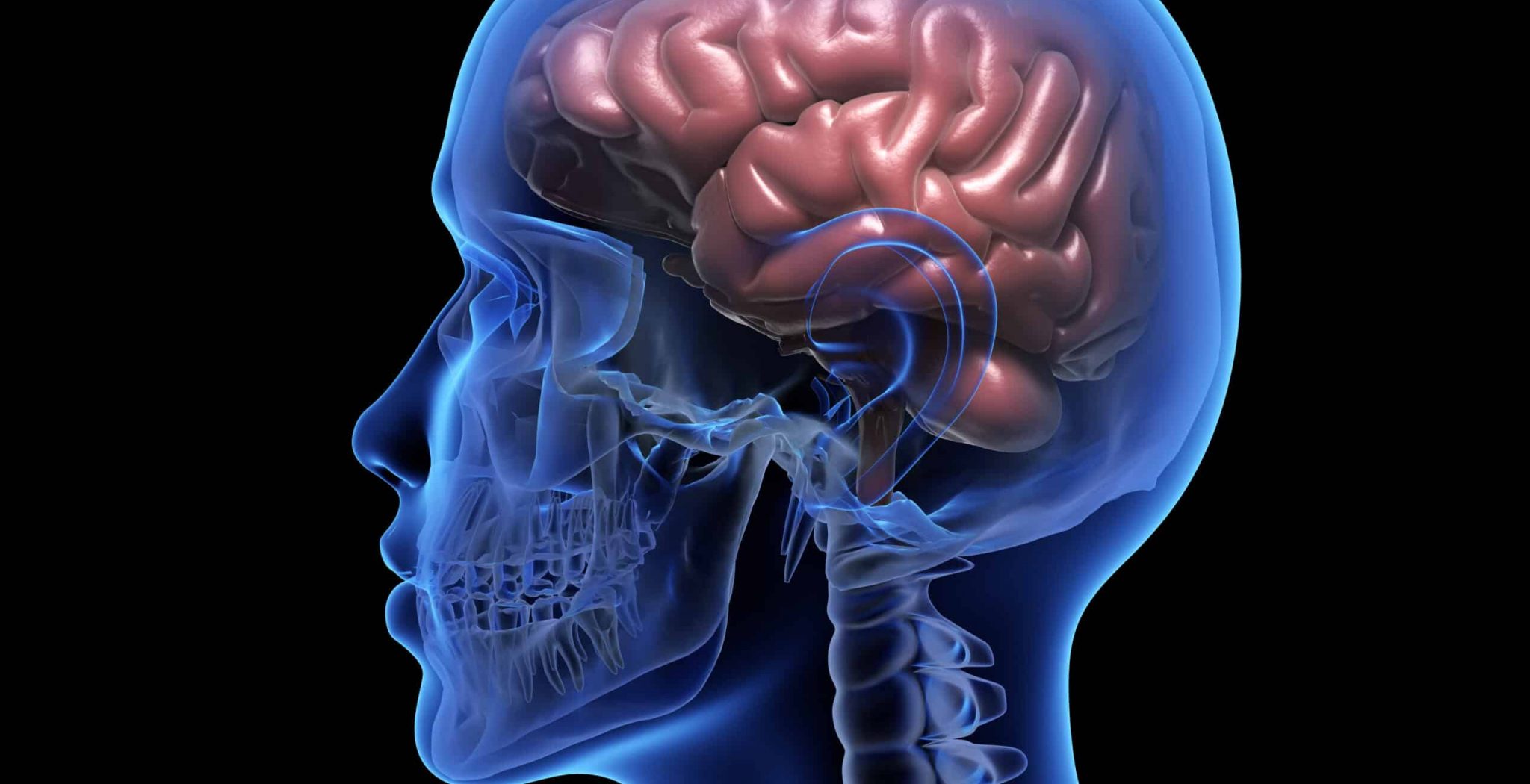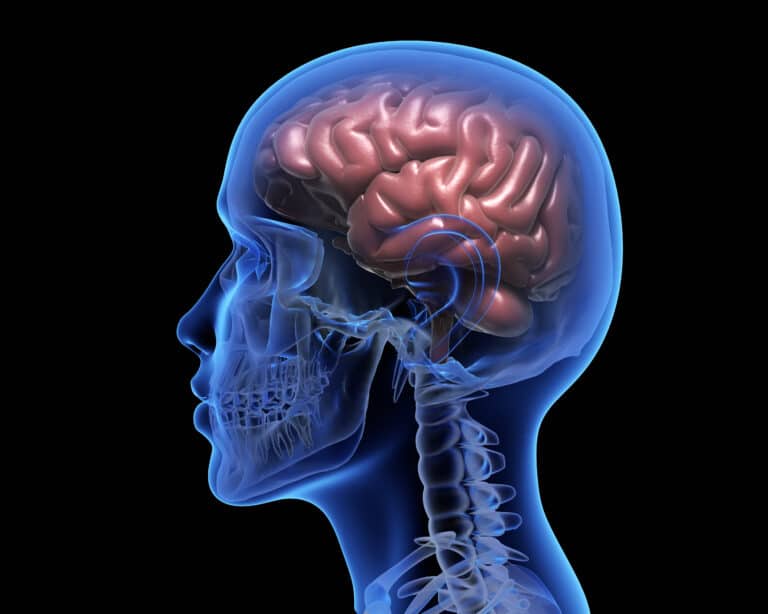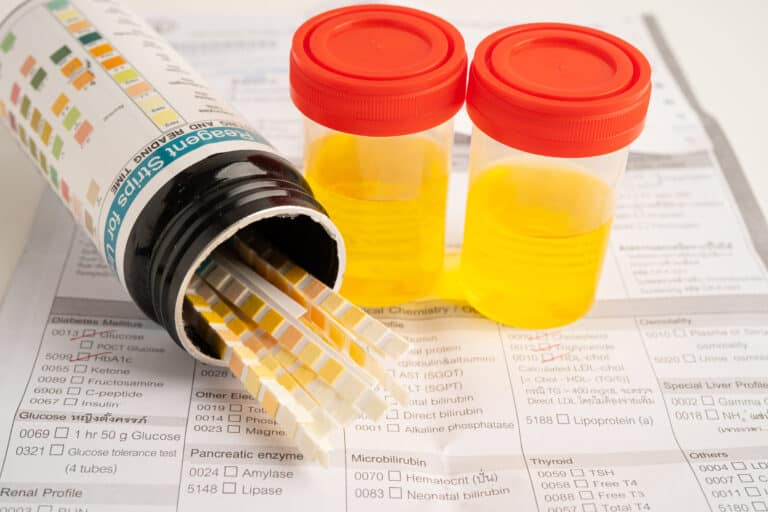Methamphetamine abuse has reached crisis levels across the United States, with devastating consequences for brain health. Understanding what meth does to your brain is crucial for recognizing the severity of this addiction and seeking appropriate treatment.
Whether obtained illegally as crystal meth or prescribed as Desoxyn, all forms of methamphetamine are highly addictive central nervous system stimulants that cause severe, often permanent brain damage. If you or a loved one is struggling with methamphetamine addiction, professional treatment can help rebuild your life.
Call Southern California Sunrise at 949-284-7325 for immediate, confidential help.
Table of Contents
- How Methamphetamine Affects the Brain
- Short-Term Brain Effects of Meth
- Long-Term Neurological Damage from Meth Use
- Physical and Mental Health Consequences
- Recognizing Meth Addiction Signs
- Evidence-Based Treatment Options
How Does Methamphetamine Work in the Brain?
Methamphetamine causes immediate and profound changes to brain chemistry by forcing the release of massive amounts of dopamine and norepinephrine, two critical neurotransmitters.
Dopamine flooding: Meth triggers a release of dopamine at levels 12 times higher than natural rewards like food or sex. This creates intense euphoria, heightened focus, and increased energy. However, this artificial flood teaches the brain to crave the drug repeatedly.
Norepinephrine surge: This neurotransmitter activates the body’s fight-or-flight response, causing increased heart rate, elevated blood pressure, and hyperawareness.
The combination creates powerfully reinforcing effects that drive compulsive drug-seeking behavior and addiction. With continued use, the brain requires increasingly larger doses to achieve the same effects, a phenomenon called tolerance that can lead to dangerous overdose situations.
Short-Term Effects of Meth on the Brain and Body
Even first-time methamphetamine use triggers immediate negative effects. Understanding how drugs affect the brain helps illustrate why methamphetamine is particularly dangerous.
Neurological Short-Term Effects
- Insomnia and disrupted sleep patterns
- Hyperactivity and inability to focus on complex tasks
- Impaired judgment and decision-making
- Increased risk-taking behavior
- Confusion and disorientation
Physical Short-Term Effects
- Decreased appetite and rapid weight loss
- Dilated pupils
- Increased body temperature and excessive sweating
- Rapid or irregular heartbeat
- Elevated blood pressure
- Teeth grinding and jaw clenching
- Dry mouth (often called “meth mouth”)
- Nausea and diarrhea
- Tremors and muscle twitching
These effects are similar to other stimulants but more intense. Learn more about stimulant addiction through our Orange County cocaine rehab resources.
What Does Meth Do to Your Brain Long-Term?
Chronic methamphetamine use causes severe structural and functional brain damage that may be irreversible. Research from the National Institute on Drug Abuse documents extensive neurological harm.
1. Destruction of Glial Cells
Glial cells form the support system of your central nervous system, providing nutrients, fighting infections, and producing myelin. Methamphetamine is particularly toxic to these cells, especially in the prefrontal cortex—the brain region responsible for:
- Executive function and planning
- Impulse control
- Judgment and decision-making
- Abstract thinking and reasoning
- Attention and concentration
Damage to this area severely impairs cognitive abilities and behavioral control, often leading to symptoms resembling ADHD or executive dysfunction.
2. Myelin Depletion and White Matter Damage
Myelin, the brain’s white matter, insulates nerve fibers and enables rapid communication between neurons. Methamphetamine destroys glial cells that produce myelin, leading to:
- Slowed information processing
- Impaired motor coordination
- Cognitive deficits
- Memory problems
- Communication breakdowns within the nervous system
Studies using brain imaging show significant white matter abnormalities in chronic meth users, similar to patterns seen in neurodegenerative diseases.
3. Dopamine System Dysfunction
While acute meth use floods the brain with dopamine, chronic use depletes dopamine stores and damages dopamine receptors. Research published in the Journal of Neuroscience demonstrates lasting damage to dopamine transporters. This results in:
- Anhedonia: Inability to feel pleasure from normal activities
- Severe depression and anxiety
- Loss of motivation and drive
- Emotional blunting
- Cognitive impairment
Recovery of the dopamine system is possible but may take months or years of abstinence, similar to recovery patterns seen in other substance dependencies.
4. Neurotoxic Damage to Brain Cells
Methamphetamine increases glutamate and calcium levels in neurons, triggering a cascade of neurotoxic effects:
- Oxidative stress and free radical damage
- Destruction of dendrites (the branches that allow neurons to communicate)
- Neuronal death, particularly in the hippocampus (memory center) and striatum (movement and reward)
- Permanent cognitive deficits
- Motor dysfunction
5. Serotonin Depletion
Beyond dopamine, methamphetamine also depletes serotonin, the neurotransmitter regulating mood, sleep, and appetite. This contributes to:
- Depression and anxiety disorders
- Sleep disturbances
- Mood instability and aggression
- Impulse control problems
Comprehensive Health Consequences of Methamphetamine Abuse
The brain damage from meth use contributes to whole-body health deterioration. These effects compound when combined with alcohol addiction or other substances.
Cognitive and Psychiatric Effects
- Severe memory loss, especially short-term memory
- Difficulty learning new information
- Impaired attention and concentration
- Psychosis with hallucinations and delusions
- Meth-induced schizophrenia
- Paranoia and severe anxiety
- Violent or aggressive behavior
- Suicidal thoughts
Physical Health Complications
- Cardiovascular disease, heart attack, and stroke
- “Meth mouth”—severe dental decay and tooth loss
- Skin sores and infections from compulsive picking
- Extreme weight loss and malnutrition
- Liver and kidney damage
- Respiratory problems and lung damage
- Increased risk of infectious diseases (HIV, hepatitis)
- Premature aging
Recognizing the Signs of Methamphetamine Addiction
Early identification of meth addiction enables faster intervention and better outcomes. Our article on the top 5 signs of meth use provides additional details. Warning signs include:
Physical Indicators
- Dramatic weight loss in a short period
- Severe dental problems and tooth decay
- Skin sores, scabs, and acne
- Burns on lips or fingers (from smoking meth)
- Track marks (if injecting)
- Excessive scratching or picking at skin
Behavioral and Psychological Signs
- Hyperactivity followed by crashes
- Erratic sleep patterns (awake for days, then sleeping excessively)
- Paranoid thinking or behavior
- Hallucinations (seeing or hearing things that aren’t there)
- Violent outbursts or aggressive behavior
- Severe mood swings
- Compulsive repetitive behaviors
- Social withdrawal and isolation
Lifestyle Changes
- Declining work or school performance
- Abandoning responsibilities and relationships
- Financial problems and borrowing money
- Secretive behavior
- Loss of interest in previously enjoyed activities
Understanding the difference between meth and prescription stimulants like Adderall is important. Read our comparison: Meth vs Adderall.
Evidence-Based Treatment for Methamphetamine Addiction
Recovery from methamphetamine addiction is challenging but achievable with comprehensive, professional treatment. Research shows that intensive, structured programs yield the best outcomes. Our Orange County meth rehab program provides specialized care for stimulant addiction.
Medical Detoxification
The first step involves safely managing withdrawal symptoms under medical supervision. Our Orange County detox program provides 24/7 medical monitoring. Meth withdrawal can include:
- Intense cravings
- Severe fatigue and excessive sleeping
- Increased appetite
- Depression and anxiety
- Psychotic symptoms
- Suicidal ideation
Medical monitoring ensures safety during this vulnerable period and provides medications to manage symptoms. Learn more about detox timelines for different drugs.
Behavioral Therapies
Evidence-based psychotherapies form the foundation of meth addiction treatment:
Cognitive Behavioral Therapy (CBT): Helps identify triggers, develop coping strategies, and change thought patterns that drive drug use.
Contingency Management: Provides tangible rewards for maintaining abstinence, which is particularly effective for methamphetamine addiction according to SAMHSA guidelines.
Motivational Enhancement Therapy: Strengthens internal motivation for change and treatment engagement.
Matrix Model: An intensive 16-week program combining multiple evidence-based approaches specifically designed for stimulant addiction.
Holistic and Supportive Therapies
Comprehensive treatment addresses the whole person through our holistic therapy program:
- Individual and group counseling through addiction therapy
- Family therapy to repair relationships
- Dual diagnosis treatment for co-occurring mental health conditions
- Nutritional counseling and nutrition for mental health
- EMDR therapy for trauma
- Equine therapy for emotional healing
- Stress management and mindfulness training
- Vocational rehabilitation and life skills training
Residential vs. Outpatient Treatment
Inpatient/Residential Treatment: Provides 24/7 care in a structured environment away from triggers and stressors. Our Mission Viejo rehab facility offers comprehensive residential care. Ideal for severe addiction, co-occurring disorders, or unstable living situations.
Outpatient Programs: Allow patients to live at home while attending treatment sessions. Options range from intensive outpatient programs (IOP) to standard outpatient care at our Orange County rehab center.
Continuing Care and Relapse Prevention
Sustained recovery requires ongoing support:
- Aftercare planning before completing primary treatment
- Participation in 12-step programs or alternative support groups
- Regular therapy sessions through psychotherapy
- Medication-assisted treatment if prescribed
- Sober living environments
- Monitoring and accountability systems
Understanding what to do after relapse is also crucial for long-term success.
The Path to Recovery Starts Now
Understanding what methamphetamine does to your brain reveals the urgent need for professional treatment. While the neurological damage can be severe, research from the National Institutes of Health shows that with sustained abstinence and proper treatment, the brain can begin to heal:
- Dopamine function may improve after 12-14 months of abstinence
- Cognitive abilities can partially recover with time
- New neural connections can form through neuroplasticity
- Mental health symptoms often improve with treatment
Recovery is a journey that begins with a single decision to seek help. If you or someone you love is struggling with methamphetamine addiction, don’t wait for the damage to worsen. Whether dealing with meth alone or in combination with other substances, professional help is available.
Get Help for Methamphetamine Addiction Today
Our comprehensive methamphetamine addiction treatment program at Southern California Sunrise provides:
- Medically supervised detoxification in a safe, comfortable environment
- Evidence-based behavioral therapies proven effective for stimulant addiction
- Holistic treatments addressing mind, body, and spirit
- Dual diagnosis care for co-occurring mental health conditions
- Individualized treatment plans tailored to your unique needs
- Compassionate care from experienced addiction professionals
- Most insurance plans accepted including Aetna, Anthem BCBS, and Magellan
- Located in Mission Viejo, CA serving Orange County and beyond
- Pet-friendly rehab options available
Take the first step toward recovery. Contact Southern California Sunrise at 949-284-7325 for a free, confidential insurance verification to learn how we can help you or your loved one overcome methamphetamine addiction and rebuild a healthy, fulfilling life.
Our admissions team is available 24/7 to answer your questions and help you start your recovery journey. Don’t let methamphetamine destroy your brain and your future—call now.
📞 Call Now: 949-284-7325
Contact Us Online | Verify Insurance Coverage | Take Our Addiction Quiz
This article is for informational purposes only and does not constitute medical advice. If you are experiencing a medical emergency, call 911 immediately. For substance abuse treatment information and referrals, contact SAMHSA’s National Helpline at 1-800-662-4357.
Sources:
Substance Abuse and Mental Health Services Administration. (2024). Evidence-Based Practices for Substance Use Disorders. Retrieved from https://www.samhsa.gov
U.S. Drug Enforcement Administration. (2020). Methamphetamine. Retrieved from https://www.dea.gov/sites/default/files/2020-06/Methamphetamine-2020_0.pdf
National Institute on Drug Abuse. (2024). Methamphetamine Research Report. Retrieved from https://nida.nih.gov/publications/research-reports/methamphetamine
Frontiers in Molecular Neuroscience. (2019). Methamphetamine-Induced Neurotoxicity. Retrieved from https://www.frontiersin.org/articles/10.3389/fnmol.2019.00334/full






